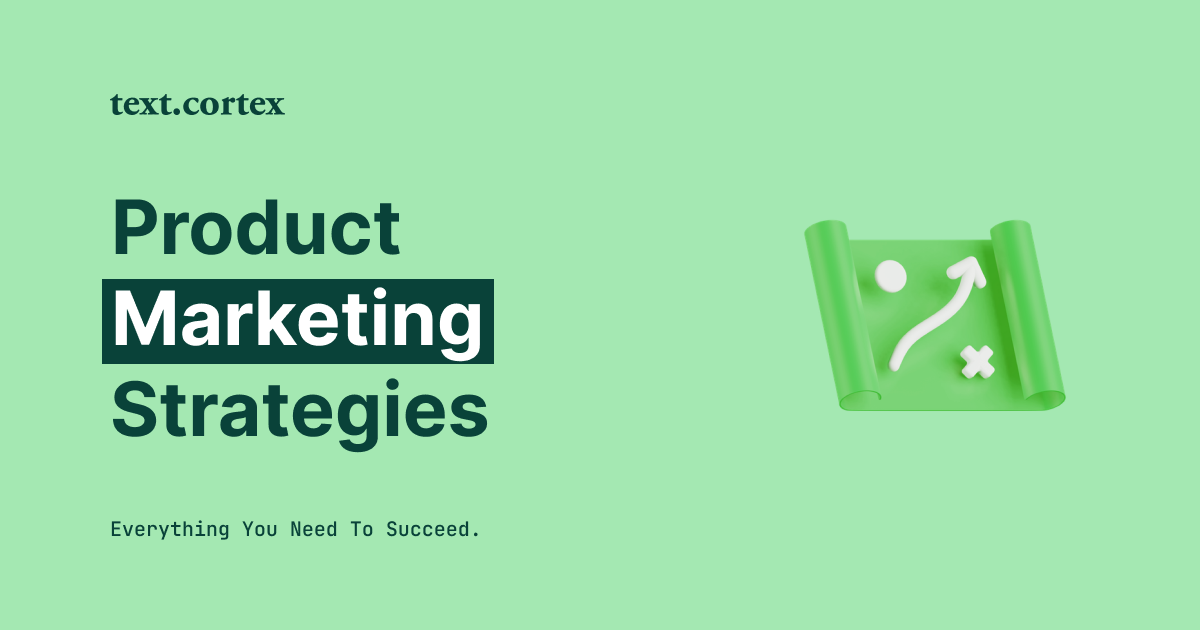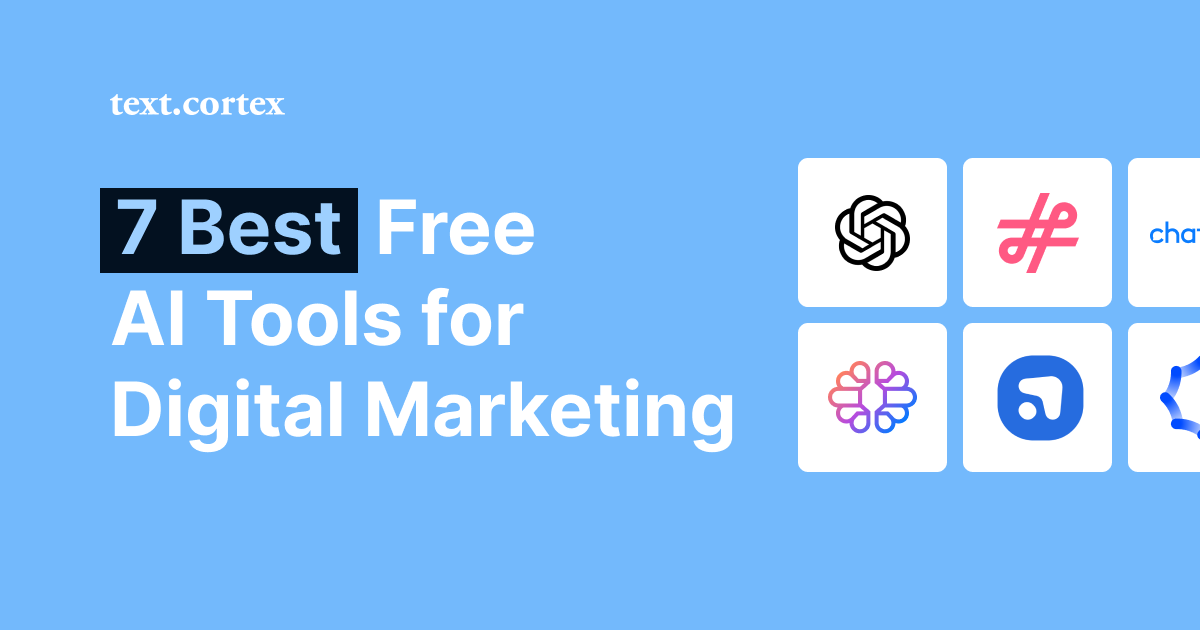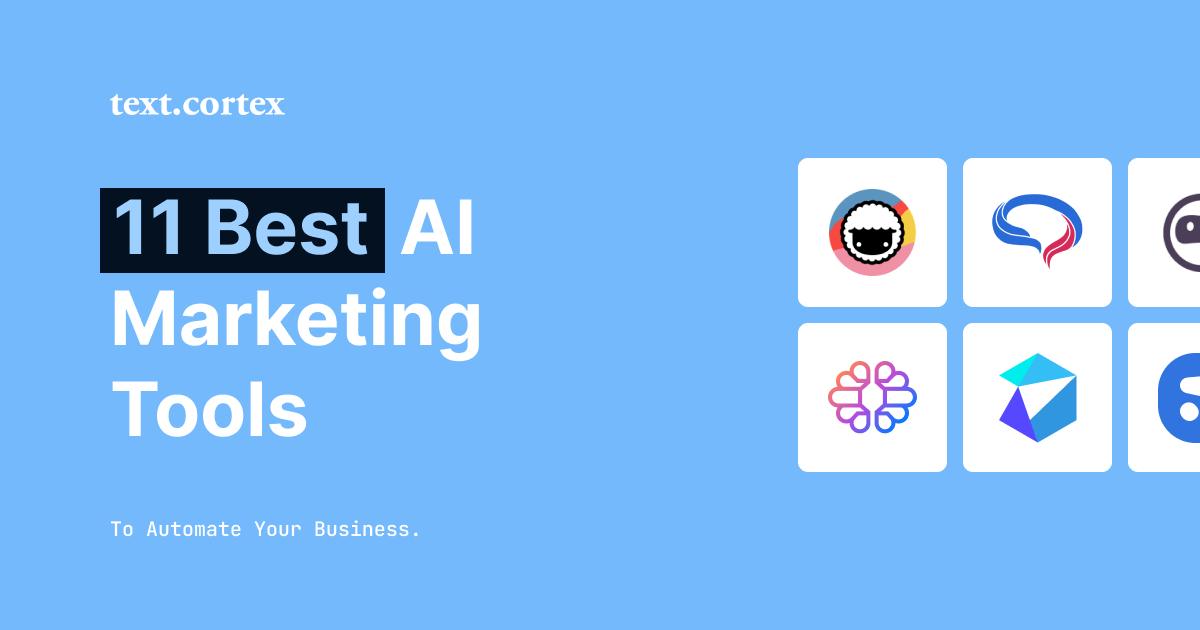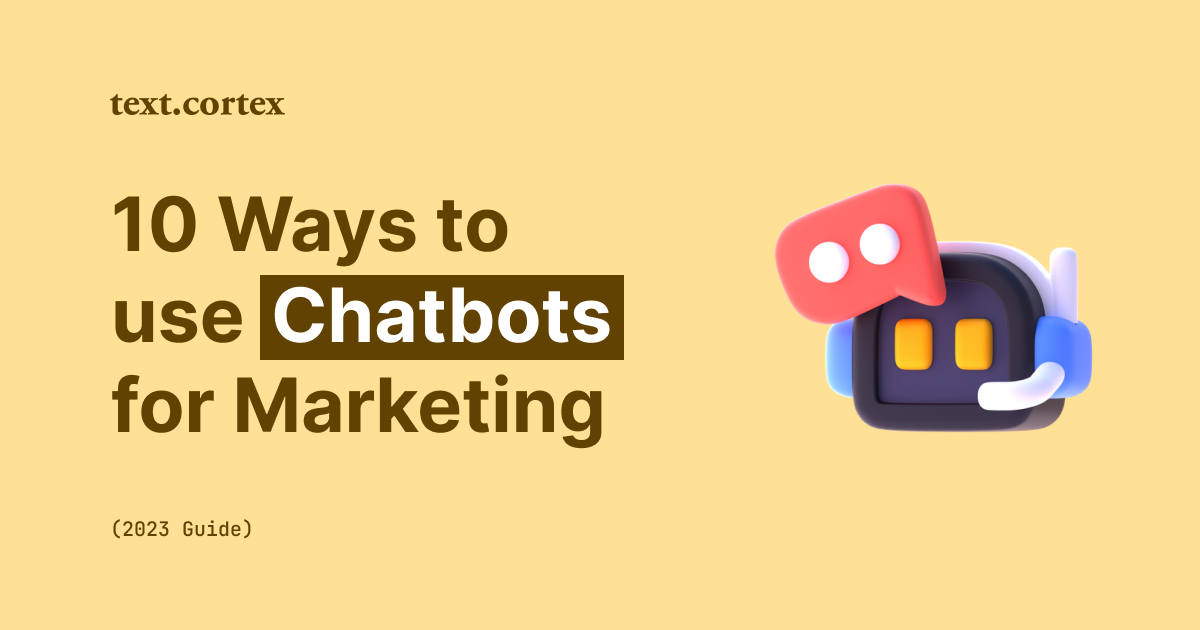Did you know that 60% of newly developed products don't make it to the market?
Scary enough. The problem is that many product owners don't realize the importance of product marketing and what it is.
In fact, one in every five product marketers does not communicate with their target customers at all.
The successful marketing of your products online is not just about aesthetics — it is also about planning, organizing, and distributing your products to your target audience.
Today, we will discover trending product marketing strategies to help you position your products on the market, attract potential customers, and enhance your sales rates.
Let’s dive in!
What Is Product Marketing Strategy?
Product marketing strategy is a tactical approach to advertise and sell a product to a customer.
This strategy includes handling teams, product, marketing, sales, and customer support to guarantee that the product meets the target market's requirements.
Furthermore, product marketing is a link between product creation and increased market awareness.
But why is it important?
How Can You Benefit From Product Marketing Strategy?
A solid product marketing strategy can help you achieve the following goals:
- Understand your customers' needs -- Conduct consumer research to track how many customers favor your product and why.
- Target your audience effectively - Knowing your audience can help you better innovate your product to suit their needs.
- Analyze your competitors - You can evaluate your approach and outcomes with those of your competitors when you promote your products.
- Organize your marketing, product, and sales teams - Good communication between your company's teams can more effectively bring successful results.
- Create a recognizable image of your product - Your products represent your brand's agenda. Create a product image with a consistent tone to target the right feelings for your audience.
- Boost income and sales opportunities -- With a robust product marketing strategy, you can generate countless conversion opportunities.
Now that we know what value product marketing strategy can bring us, let’s discover how to utilize it.
9 Trending Product Marketing Strategies — Framework That Will Bring Results
To help you better understand the overall notion of product marketing strategies, we have broken them into three parts. Here they are:
Phase #1 — Develop Your Product Marketing Strategy
A product marketing strategy's creation phase begins with planning.
1. Do Your Research
To determine what demands for your product are, you need to get insights into customer needs.
You can achieve this by analyzing research data divided into two primary types:
- Qualitative research — Data from customer interviews, surveys, focus groups, etc.
- Quantitative research — Audience’s data from internal sources (CRM), online sources, journals and studies.
To gather external data, we recommend you use for your reference publications from governmental and local organizations such as Data.gov and Eurostat.
Here you can get US and Europe-based information about trade, economics, demographics and production.
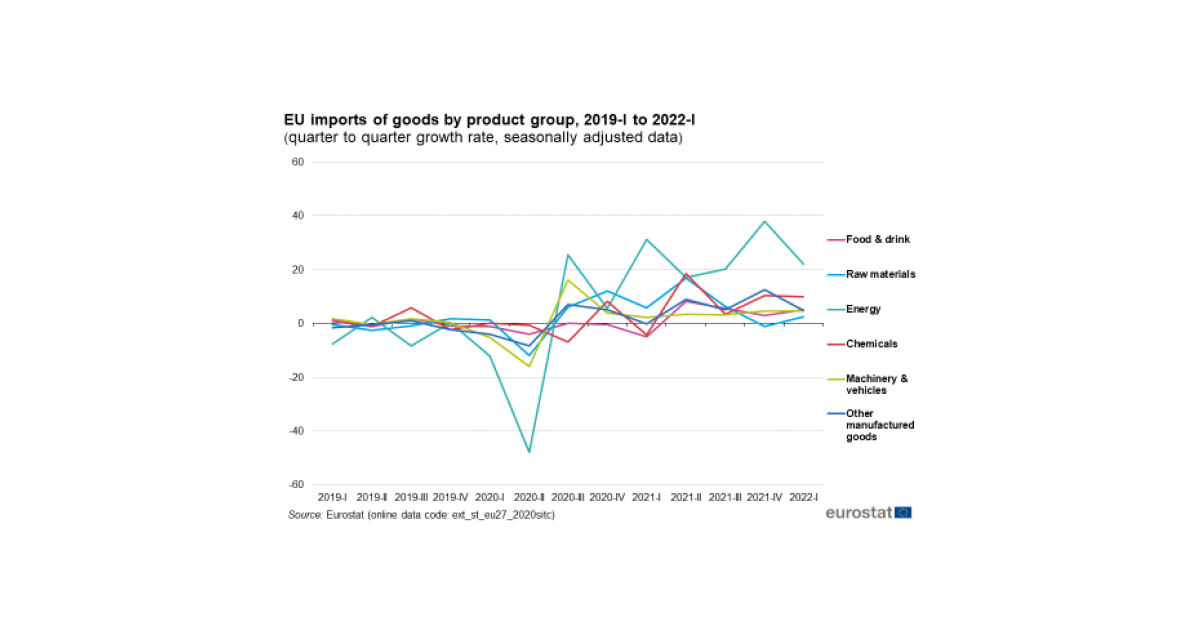
On the other hand, if you want to find out who your competitors are and how they sell their products, conduct competitive and social media research.
Well-thought-out research will help you determine the ideal customer for your products. This leads us to the next step:
2. Target Your Audience
To target customers effectively, you must determine a buyer persona and audience for your product.
A buyer persona is the most crucial element of the product marketing strategy because it helps you persuade and encourage future buyers to interact with your brand until they finally make a purchase.
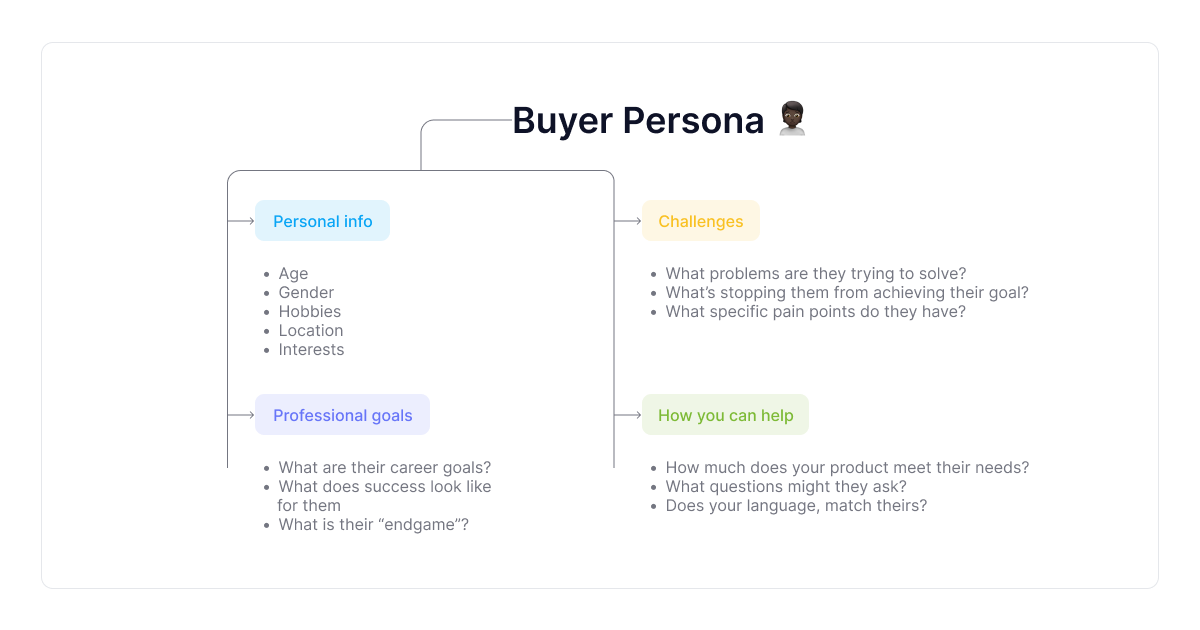
This tactic will enable you to customize your product's features to address the problems your target market is experiencing.
Now that we know how to target our customers, it is time to set up goals for our products.
3. Set Goals For Your Products
For most marketers, sales rate is the #1 goal that measures their business success.
Although sales are a relevant factor for your business, let’s not forget strong brand recognition and high customer satisfaction as equally important goals your products should achieve.
- Sales — Include revenue, conversions, leads, cost per acquisition, close rate, etc.
- Customer satisfaction — NPS (Net promote score), product usage, and customer sentiment.
- Brand awareness — Website traffic, shares, likes, etc.
The SMART framework can help you set realistic goals for your products without going overboard with unrealistic expectations.
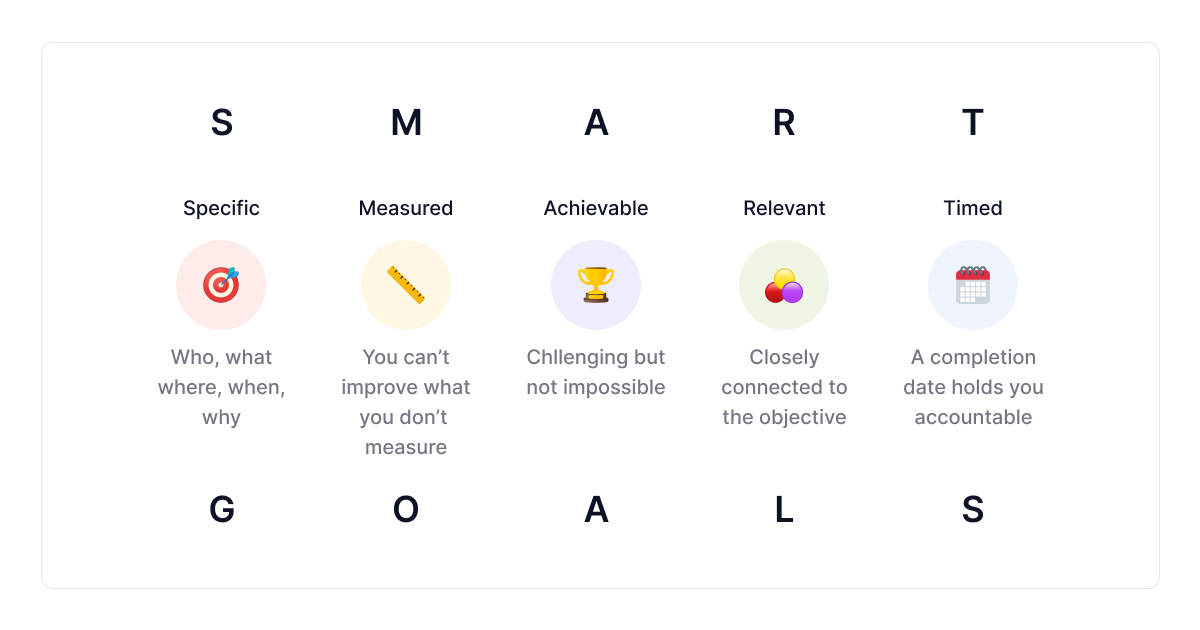
If your products positively impact all three of the previously mentioned objectives, you can say that you have developed an effective product marketing strategy.
Now that we wrapped up the Phase #1, we can proceed to the Phase #2.
Phase #2 — Organize Your Product Marketing Strategy
4. Position Your Products On the Market
After you have finished your consumer research and established your product's goals, what's unique about the solution you offer to your customers?
To position your product on the market, you need to develop storytelling of your offerings — what is the story of your products?
Here is a set of questions to start with:
- What makes your product unique?
- What does it offer that competition doesn't have?
- Are features of your product in alignment with customers' needs?
- What will customers get if they decide to use your product?
The main concerns your customers might have about your products are your key features to win the competition.

Ensuring that consumers and audience know the answers to their questions and concerns about your products is an important aspect of being a successful product marketer.
Pro Tip: Professional marketers utilize AI writing tools such as TextCortex for repetitive tasks.
For example, TextCortex rewriter extension has a Blog body feature that you can use to transform features of your product into a compelling product description.
All you need to do is to write a bullets or few word idea, highlight the text, click on the logo, and choose the blog body feature.
Here is what that looks like:
By implementing AI writing tools in your writing process, you can reduce your writing time and produce product descriptions within seconds.
5. Price Your Products
Contributing and determining the best price for the company's product is one of the curtail tasks of a product marketer.
And according to Hubspot, there are 2 types of pricing models you can use for your product marketing strategy. They are:
- Competitive pricing — Prices based on the similar products competitors sell.
- Value-based pricing — Prices are based on the product's unique value on the market.
For example, Volkswagen produces cars that aren't bad but aren't spectacular either — many other car manufacturers provide similar vehicles.
In that case, Volkswagen's pricing is primarily influenced by the competitive side of the argument -- the element that distinguishes them from the competition.
On the other hand, Rolls Royce is well-known for its high-end luxury vehicles. And what characterizes that brand are handcrafted cars tailored to unique customers.
If your products have something that competition can hardly provide, that will open an opportunity to pursue value-based pricing.
6. Launch Your Products
You can use numerous strategies to market your product launch so that your existing customer base, prospects, and target audience learn about what you're selling. Here are some of them:
- Social media — Instagram, Facebook, LinkedIn, etc.
- In-store — BigCommerce, Shopify, Woocommerce, etc.
- Product launch event — An occasion that introduces a new product to consumers.
- Blog page — Content that you are publishing on your website.
- Website landing page — The main page of your website.
- Exclusive product preview — Pre-launch event, an online preview, or a special invitation to test out your latest service
- Email campaign — Outreach, cold and nurturing emails.

Whatever channel you choose to launch your products, make sure to add all relevant product information.
That will help your prospects and customers better understand your product and decide whether they need it.
Congratulations! You got yourself a product marketing strategy. However, for consistently successful result, proceed to Phase #3.
Phase #3 — Boost Your Product Marketing Strategy
7. Measure Product Performance
Getting customers to perform specific actions is the main objective of marketing and sales campaigns.
And the number of potential customers who will take that action equals the conversion rate.
Here are some of the actions we are hoping to see when prospects and customers interact with our products:
- Subscribing to our emailing list
- Clicking on a banner
- Staying long enough on our page
- Purchasing the product
- Coming back
And to measure these actions, we use the following metrics:
- Lead management metrics — Provides insights about new leads and the effectiveness of the lead generation strategy.
- Product technical performance metrics — Evaluate product functionality according to industry standards.
- Business performance metrics — Shows how successful a particular product is at generating revenues and profit.
- Usage and engagement metrics — Describe how clients interact with your products and the purposes for which they are used.
- Cross-selling and up-selling metrics — Provides information about the success of businesses' add-value initiatives.
- ROI metrics — Shows how effective your business is in return on investment.
These metrics are relevant sources of information that can help discover aspects of your product management that require adjustments for better product performance.
8. Keep Your Products Relevant And Up-To-Date
A customer experience is the base of your product marketing strategy because an unhappy customer is a lost customer.
And to avoid such a scenario in your product marketing strategy, you should ensure that your products have consistent quality and reliable product information.
Wouldn't it be annoying to buy a product with good characteristics just to get something different from the product description?

Remember that people buy your products based on how you represent them — product titles, descriptions, images.
9. Promote Your Products
As a product marketer, you should know that with launching a product, there is no game-over scenario. Your product will not sell itself, no matter how awesome it may be.
To cultivate relationships and earn loyalty, you must continually remind your targeted audience about your brand and offerings.
That way, you will improve your brand's visibility and the customer experience in a single hit.
For instance, creating a sales funnel is a great product marketing strategy because it will guide your prospects toward making a purchase.
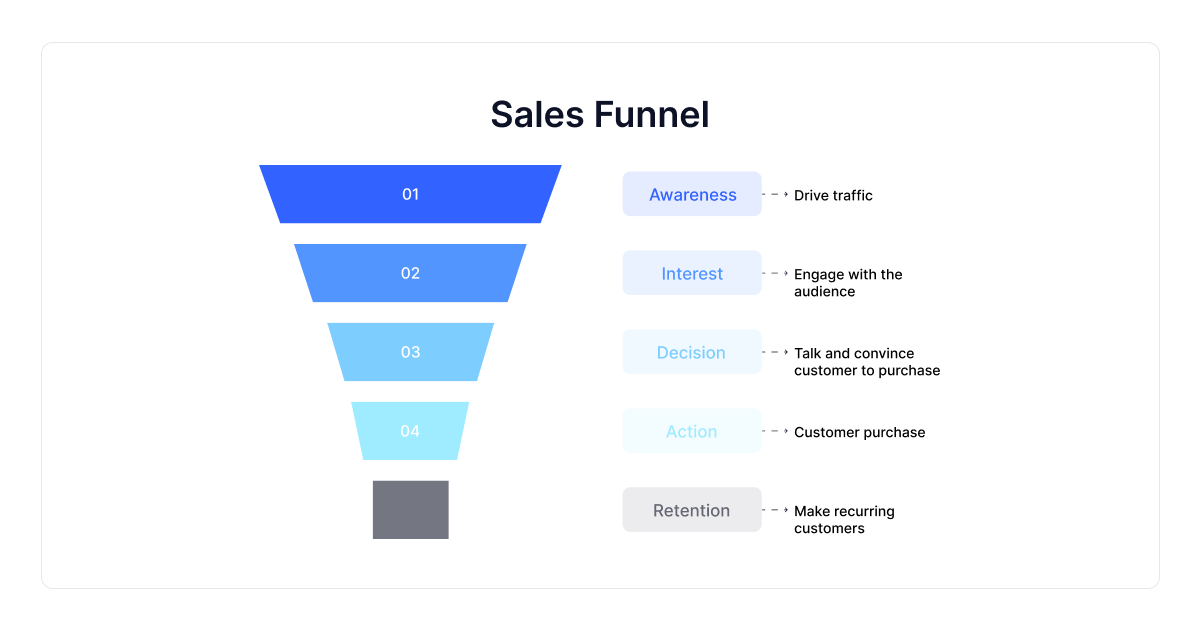
The effectiveness of the sales funnel is based on a well-planned copywriting approach tailored to each stage of the funnel.
It will bring your more hot leads and easy conversions and maintain a long-lasting relationship with your targeted audience.
To Wrap Up
As you can see, developing a successful product marketing strategy demands time, energy, and resources.
However, incorporating it into your marketing plan will eventually pay off.
But let me give you a friendly piece of advice.
In online business, everything evolves around entertainment, education, and compelling writing — all relevant elements for attracting a targeted audience.
Here is a fact — 66.5% of product marketing managers work on content creation.
And to nail that aspect down, you need to focus on producing relevant and engaging copywriting material. TextCortex can help you with that.
Our rewriter extension and web application are built to:
- Cut the amount of your writing time up to 80%.
- Provide scalable creation of both short and long-form content
- Create SEO-friendly content
- Rewrite your content in bulk
- Expand your text for more information
- Create emails from bullet points
- Generate Blog posts on more than 30 platforms
- Format and edit your content
- Combine both automatic and manual writing on the customizable canvas
- Save your projects as templates
Are you tempted to give it a try?
Sign up for today and claim your 15 daily creations to explore how TextCortex features can take your product management to the next level.

